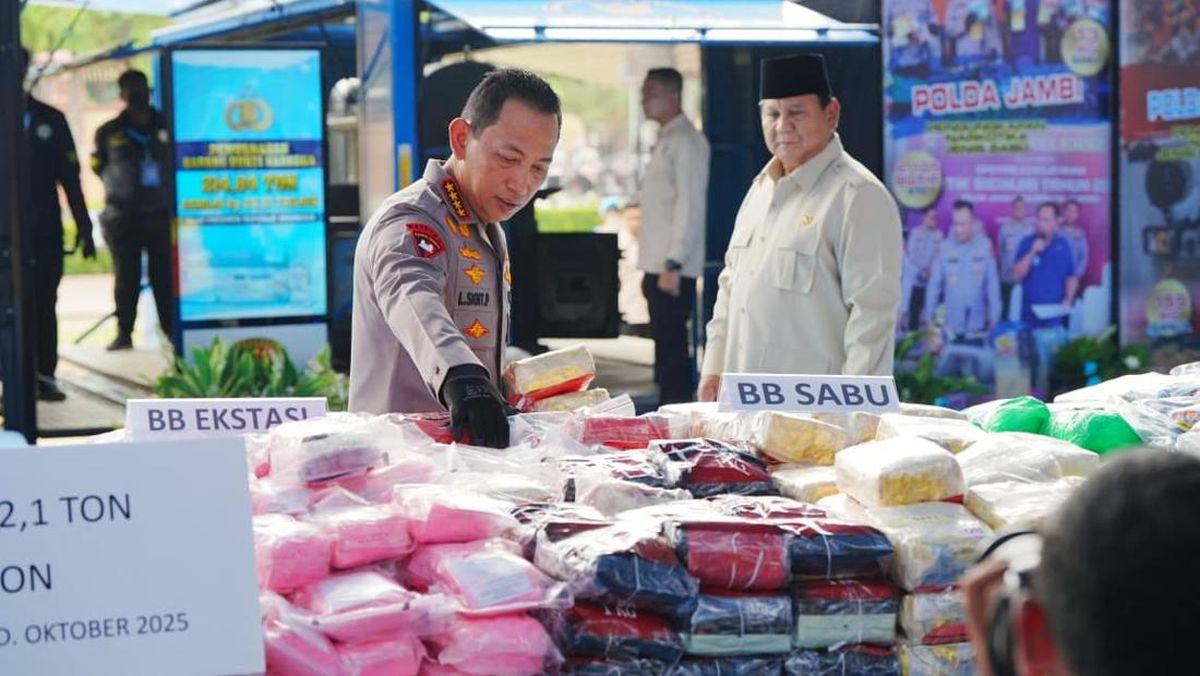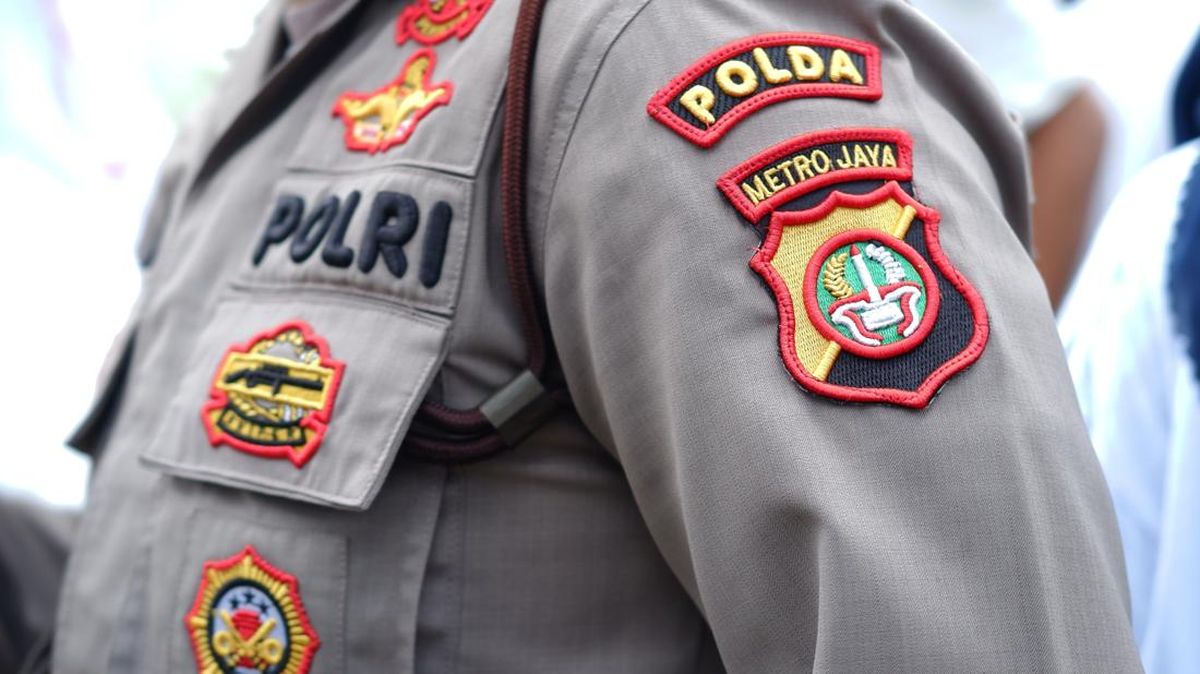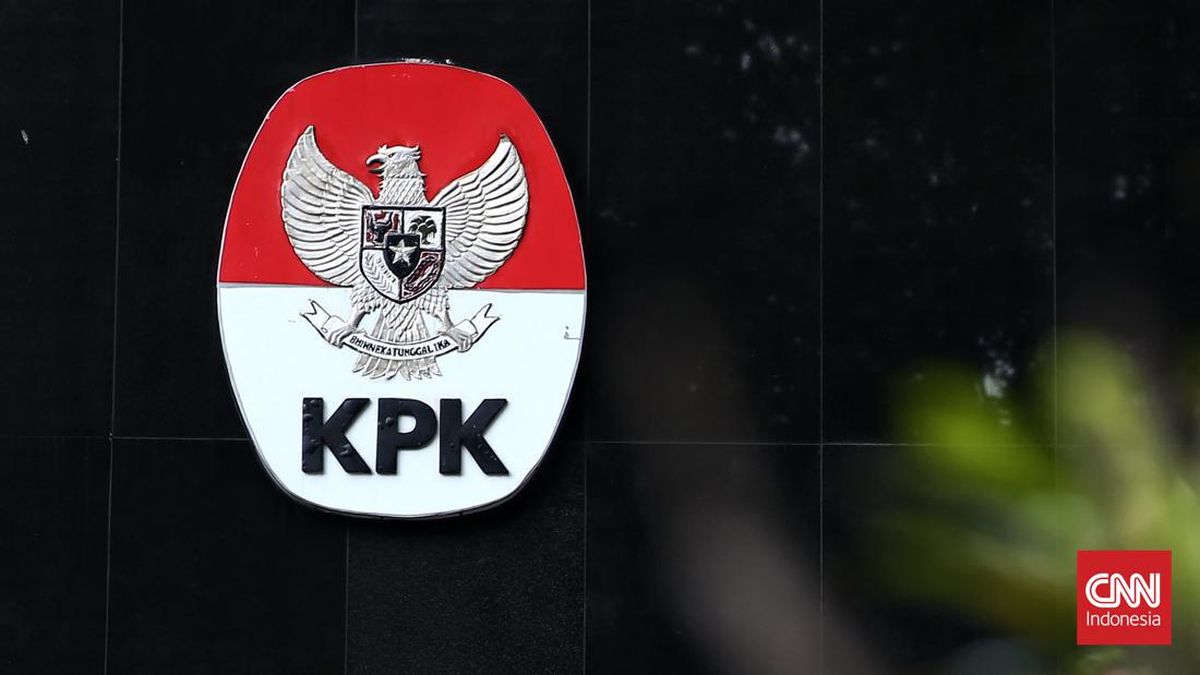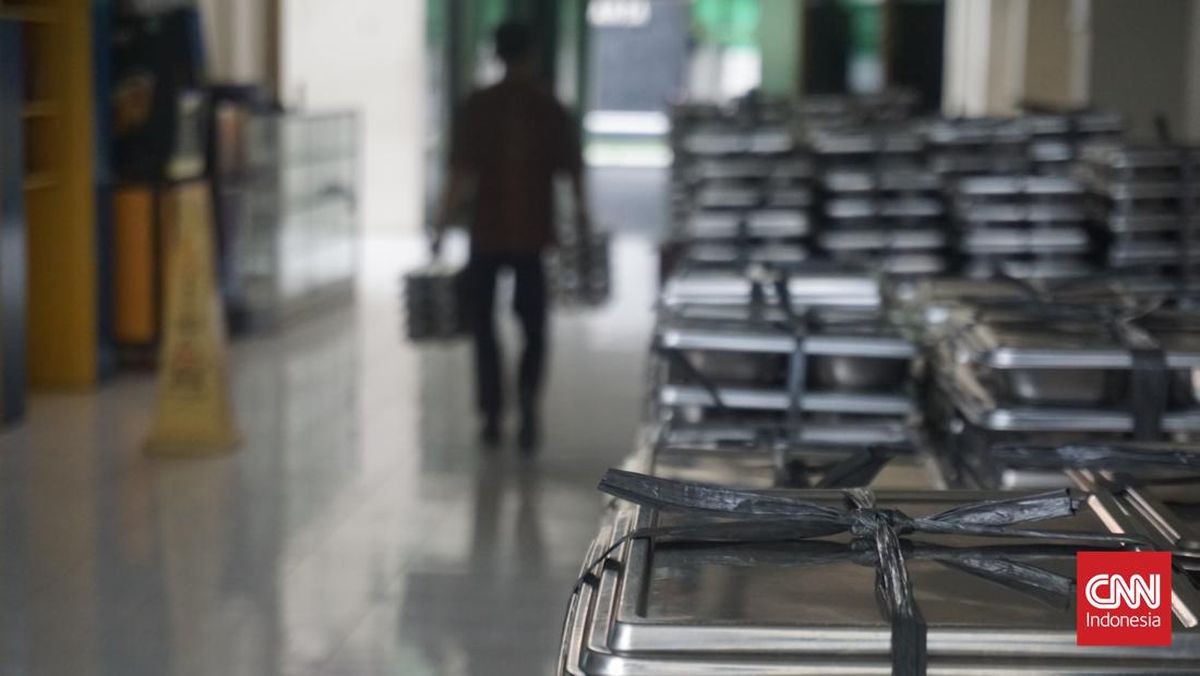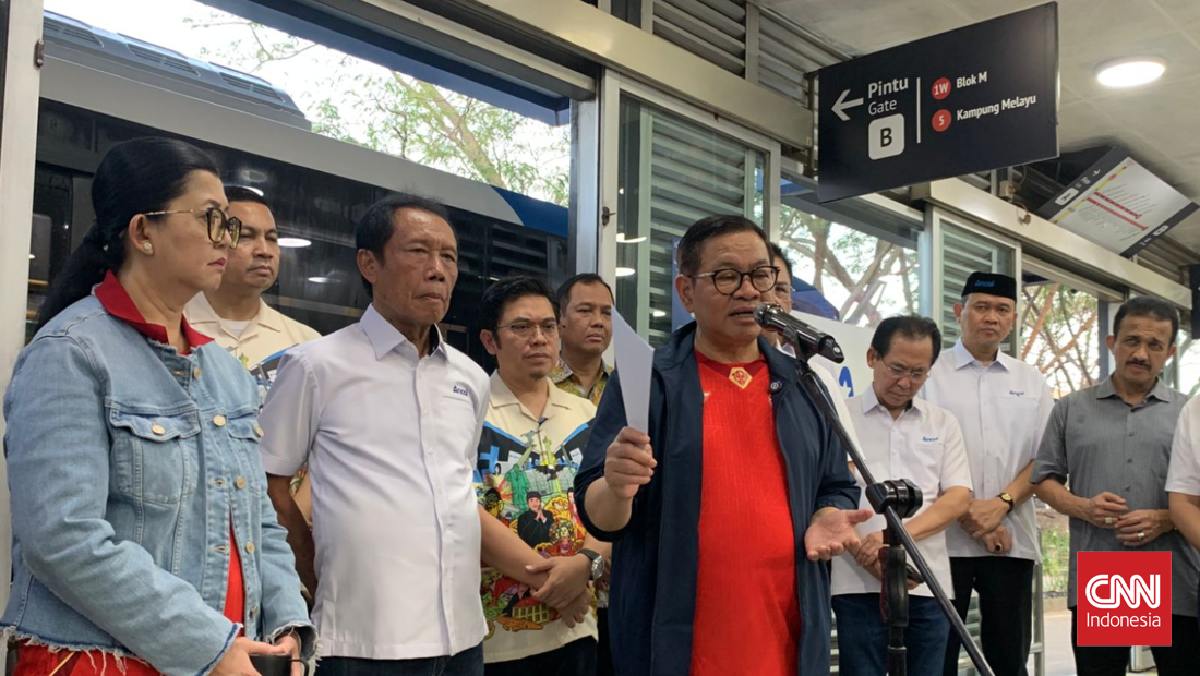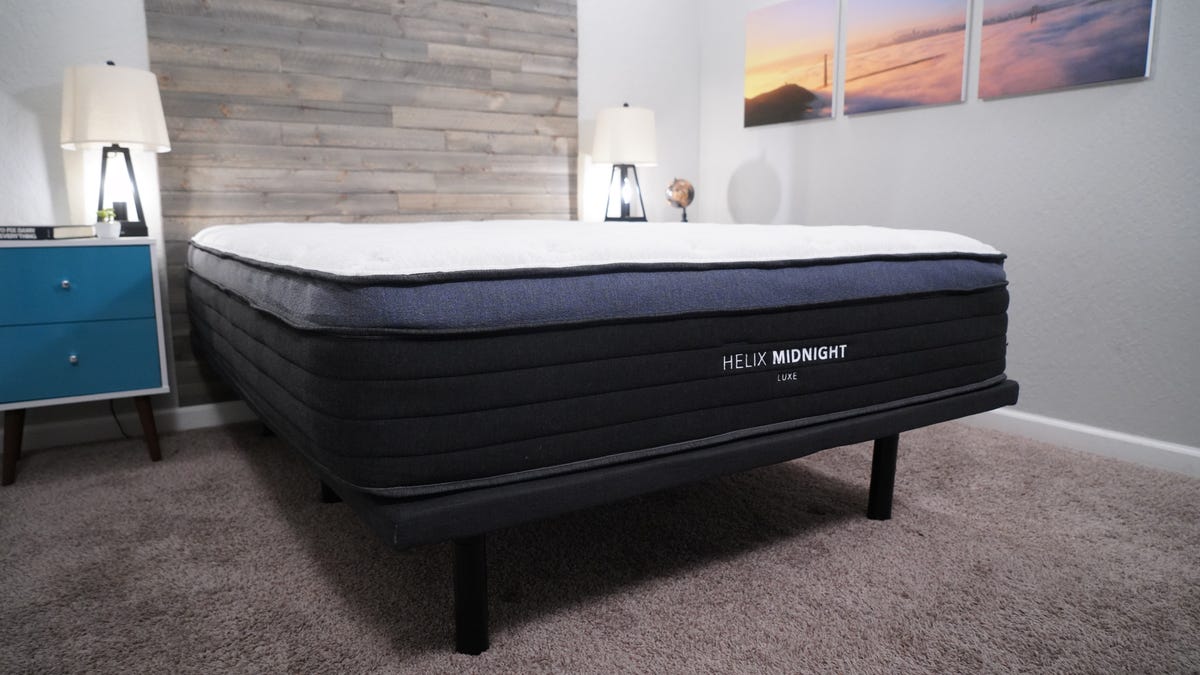Your phone's personal hotspot feature can come in handy in so many ways. For instance, if your home internet is experiencing an outage or if you brought your laptop to a cafe that doesn't offer Wi-Fi access, you can instead use your cellular data plan to get your other devices online.
All recent iPhone and Android phones offer this feature, and if your cellular plan supports it, you can connect your laptop or other devices through your phone's 4G or 5G connection. While your phone's cellular connection might not be as fast as regular internet, it can gets the job done in a pinch.
That is, unless your phone's hotspot stops working as well. Whether it's due to incorrect settings or a simple software glitch, your hotspot can go down when you need it most. We've compiled a few key steps for both iOS and Android devices that should help with troubleshooting these issues so you can get your devices online.
If you have an iPhone
- Check if your phone's personal hotspot is enabled. Go to Settings, then tap on Personal Hotspot. If you don't find this option anywhere, try calling your wireless carrier to see if you have this feature enabled in your wireless plan.
- Try restarting both your iPhone and the device that you're trying to connect.
- Update to the latest version of iOS.
- Try resetting your phone's network settings. Go to Settings, tap General, then select Transfer or Reset iPhone. Next, tap Reset and then select Reset Network Settings. Be warned that this resets all of your Wi-Fi networks and passwords, cellular settings and VPN and APN settings that you've used before.
- If you're trying to connect to your phone's personal hotspot over Wi-Fi, make sure that Allow Others to Join is enabled on the Personal Hotspot page. Be sure to remember the Wi-Fi network name (which is also your device's name) and the Wi-Fi password that are on this screen.
- If you're using an iPhone 12 or later, try selecting the Maximize Compatibility toggle at the bottom of the screen. This will broaden the devices that can connect to your hotspot by using a slower 2.4GHz connection rather than the 5GHz connection used by default.
- Meanwhile, on the device that you're trying to connect to your Personal Hotspot, turn the Wi-Fi off and back on again. Then, be sure to connect to the Wi-Fi network name mentioned earlier (your iPhone's device name). It should have the Personal Hotspot icon next to it (it looks like two interlinked ovals). If there's a password error, check to make sure you're entering the Wi-Fi password exactly as presented on the Personal Hotspot page.
- You can also try connecting to your phone's personal hotspot over USB. Be sure to update macOS on your Mac before you do so. When your phone is connected to your computer via a USB cable, ensure that you can find your iPhone in iTunes or Finder. On your Mac, select the Apple menu (the Apple logo at the top left), then click System Settings. Next, select Network. You'll see a list of network services, and one of them should be iPhone USB. Click that, then select Make Inactive and then click Make Active. This should hopefully reset the connection. If iPhone USB doesn't appear in the list of network services, you can add the iPhone USB using the steps to set up a network service.
If you have an Android phone
- Check to see if hotspot is enabled. Go to Settings, then Network & Internet and then Hotspot & tethering. The Mobile Hotspot or Tethering option should be turned on.
- While you're in the Hotspot settings page, make sure that your security, password and network name are configured the way you want it.
- Try restarting your device. Sometimes a simple reboot is enough to resolve connectivity.
- If nothing else works, try resetting your phone's network settings. To do so, go to System, tap Reset, then select Reset WiFi, mobile & Bluetooth and confirm it. Be aware, however, that this will reset all Wi-Fi, mobile data and Bluetooth settings on your phone.
- Another thing you can do is boot your phone into safe mode to see if a third-party app is causing an issue. According to Google, if your phone shuts off in safe mode, the connection issue may be related to a third-party app.
Note that on Android, some of these settings might be laid out slightly differently depending on how your phone's Settings menu is arranged. If none of these solutions work, it could be that you're experiencing poor data connectivity in your location. Try contacting your carrier to see if there are any issues with your network.
And if you are considering trying to use a personal hotspot as a full replacement of a home Wi-Fi provider, CNET has tested this idea along with testing out various home broadband services that run over T-Mobile, AT&T and Verizon's 5G networks.
Watch this: How I Get High-Speed Internet Living Off the Grid
03:11

 3 months ago
49
3 months ago
49


